
Rise of Civilisations
The Euphrates as the birthplace of ancient society and timeless innovations
Published: 22 March 2024
Story by UNDP Syria and Onewater
.webp?alt=media&token=42024f71-829c-4553-8ac2-0e2d6c06bc1a)
Explore the rich tapestry of culture along the Euphrates Basin through time. This page delves into the ancient civilisations that flourished by these waters, unveiling their unique traditions, innovations, and legacies. From historical rituals to enduring architectural marvels, the Euphrates' influence on culture and human development is profound and captivating.
The Euphrates River has flowed through the channels of history, witnessing tales of civilizations, conquests, and culture: a timeless scroll of the human narrative.
Throughout its 2,800km long journey, the Euphrates traverses varied terrains, from rugged mountains and rolling hills to expansive marshes and desert plains. The 500,000km2 basin is marked by dramatic shifts in landscape, climate, and ecology, making it a geographical phenomenon as much as a historical one.
.webp?alt=media&token=4266d05a-806e-42aa-938a-b74a18220e38)

These civilisations and the ones that followed were renowed for their monumental architecture, legal systems, and technological and scientific advancements in agriculture, mathematics and astronomy. Their legacy profoundly influenced subsequent civilisations and the course of history.
With agriculture providing surplus food, the concept of ‘specialisation’ emerged. People began to specialise in various crafts and professions beyond farming, giving rise to skilled artisans, merchants, priests, rulers, and administrators. This diversification in occupations and skills fuelled the growth of a complex society with specialised labour.
.webp?alt=media&token=cf9b4078-5027-4c49-a1e3-72f8c0c967d9)
Modern Syrian Euphrates
Mesopotamia's end did not eliminate Syria's rich culture; instead, centuries-old traditions and customs continue to be an important part of everyday life.
Music and dance
The Syrian Euphrates is known for its rich folk music, characterised traditional instruments such as the oud, flute, and various forms of percussion. This music is also a form of storytelling, bridging generations through song.
Alongside its musical heritage, the area is known for its lively dance traditions, especially the Dabke. It is a lively dance which is commonly featured in social gatherings, celebrations and weddings.
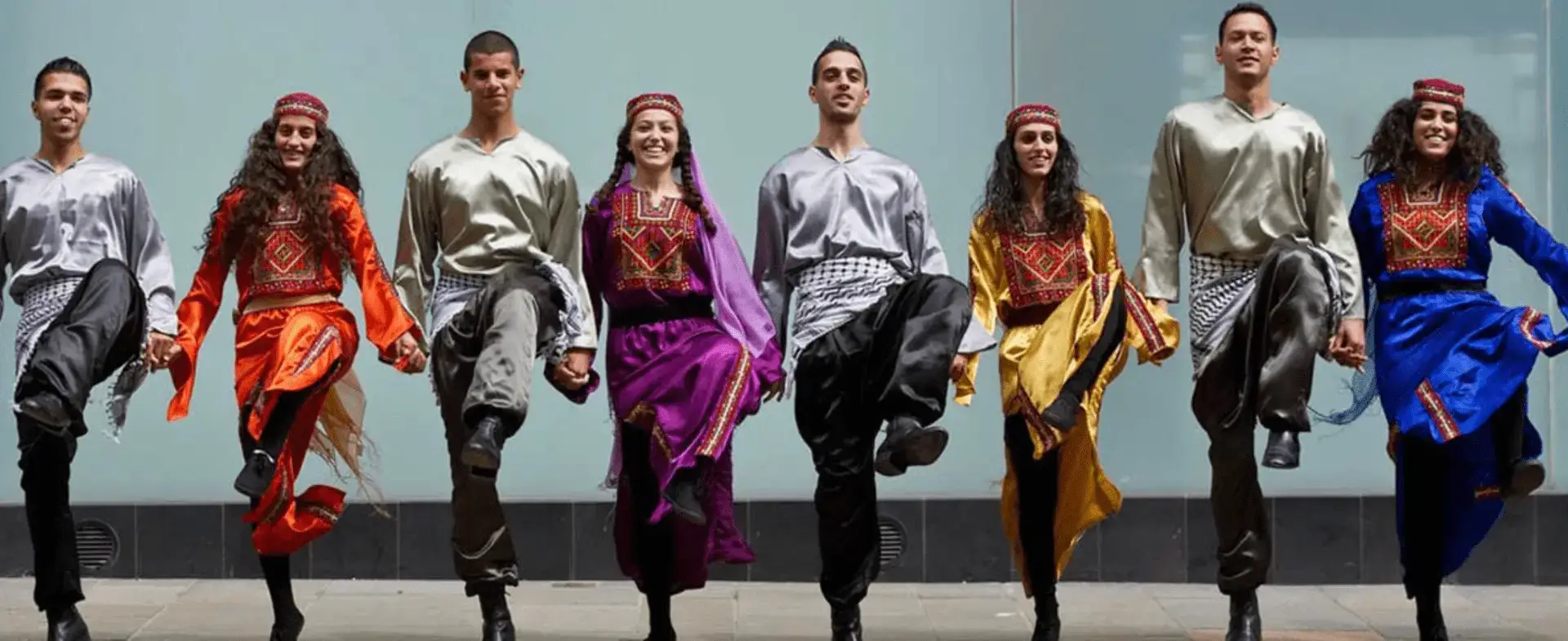
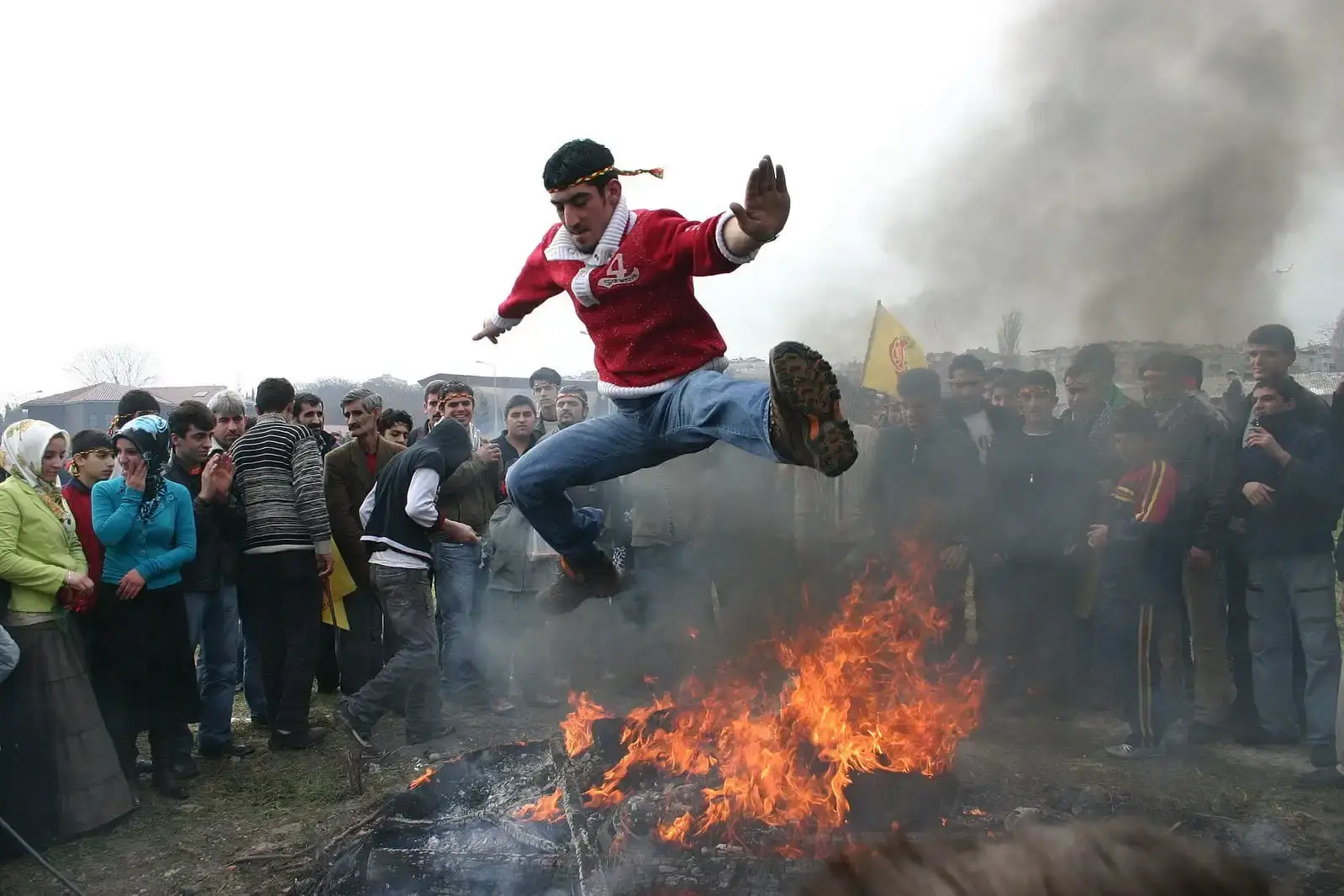
Celebrations
Weddings in the region are grand affairs, marked by traditional dress, music, dance and the lively Zaffa. Eid Festivals, particularly Eid al-Fitr and Eid al-Adha foster a sense of community through communal prayers, feasts, and gift exchanges.
Al-Hasakah hosts many festivals which celebrate Kurdish, Arab, and Assyrian traditions, including the famous Newroz festival for the Kurdish New Year and the arrival of spring.
Literacy
Oral traditions passed down through generations and contemporary Syrian authors preserve and enrich the region's literary heritage by telling narratives that deeply connect with its history and culture.
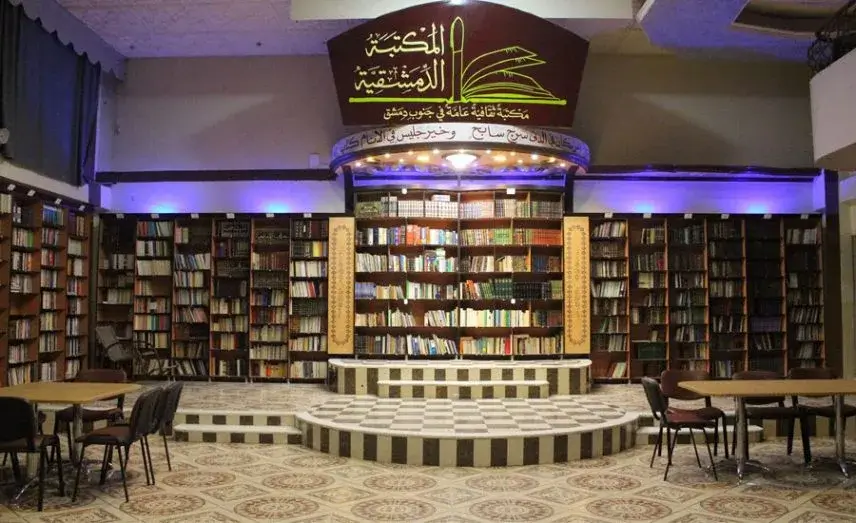
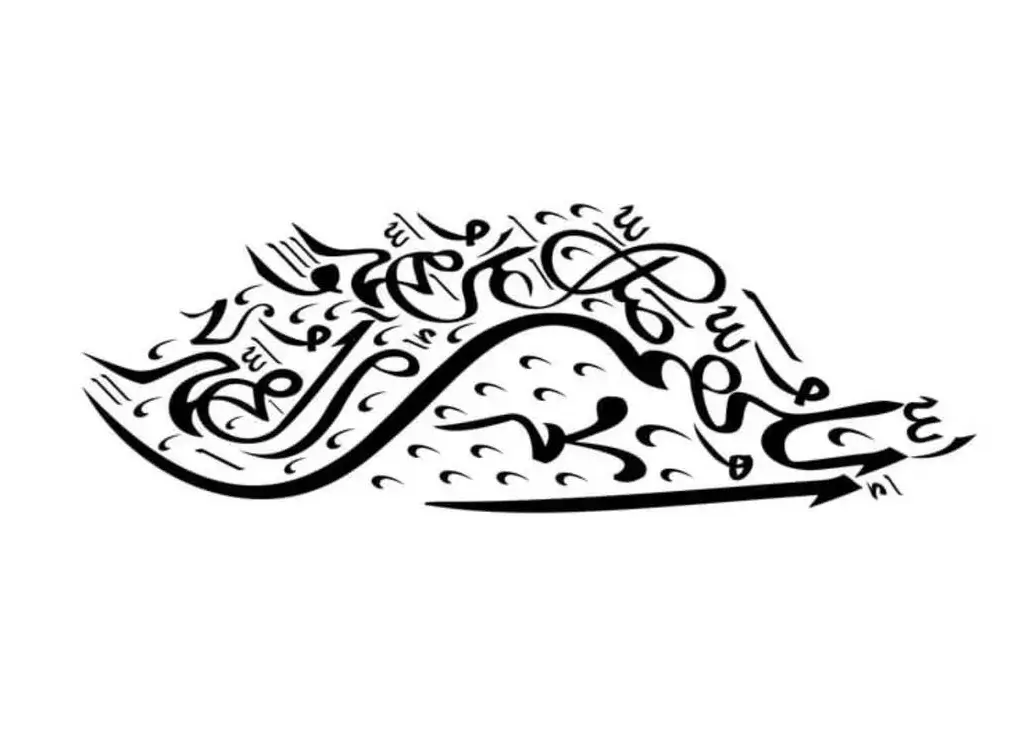
Arts
Skilled artisans in the Syrian Euphrates produce intricate hand-woven carpets with geometric patterns and vibrant colours, a traditional craft passed down through generations. Arabic calligraphy is also an important art form which is often seen in mosques, homes, and public spaces.
Fashion
Traditional attire, such as the thobe for men and embroidered dresses for women, display the region's rich textile heritage.
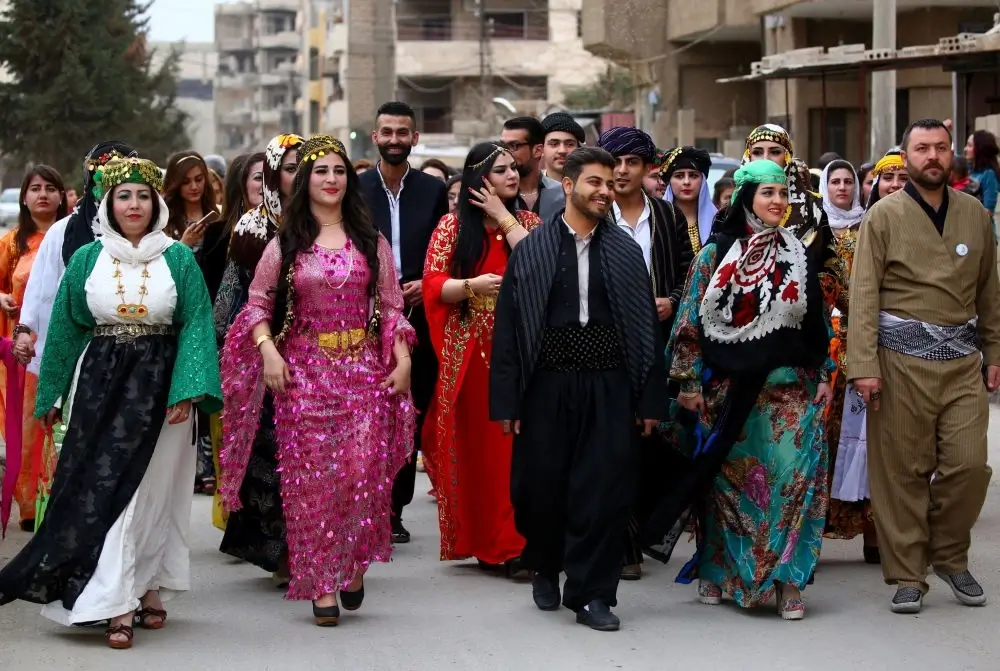
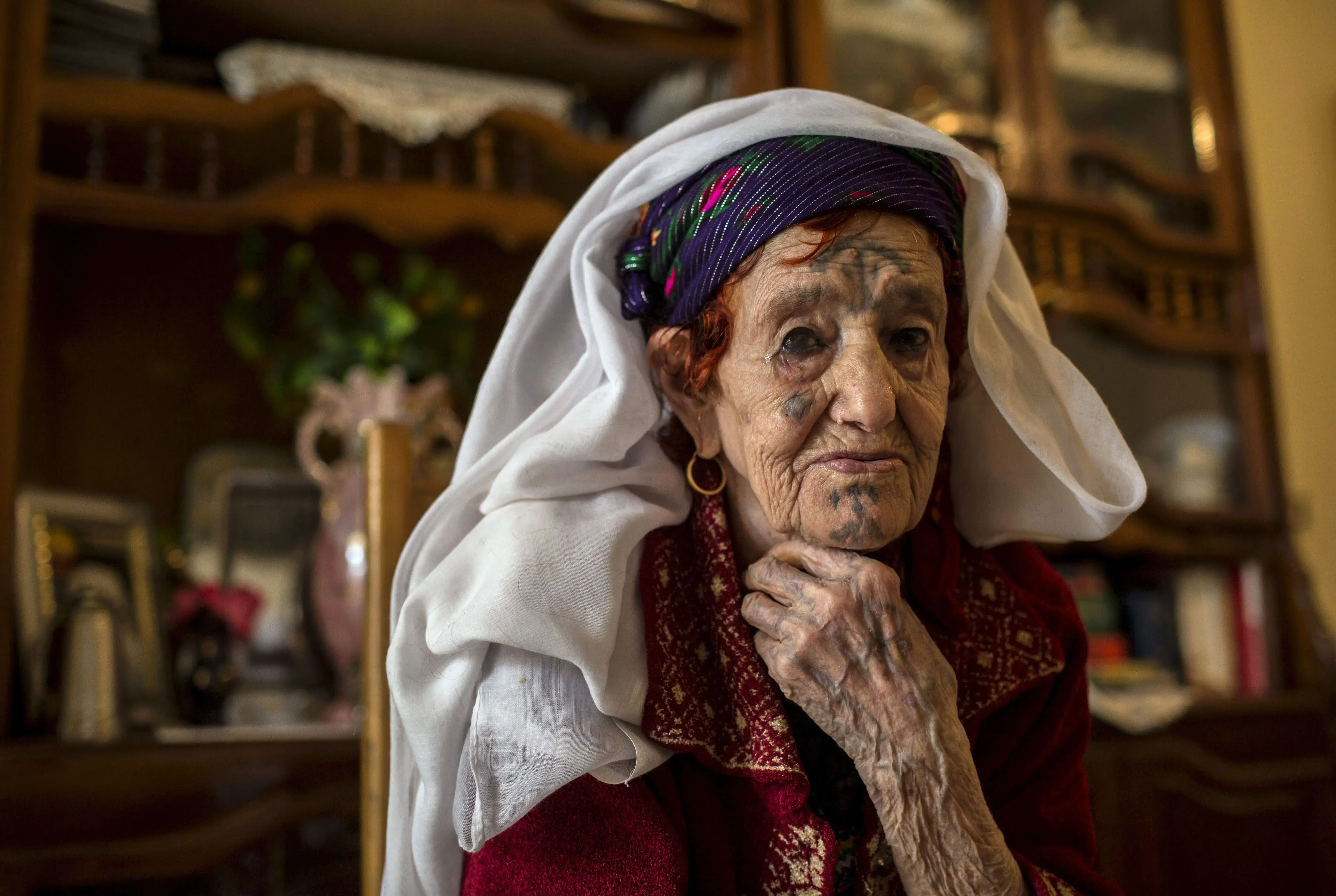
Tattoos
In Raqqa and Deir ez-Zor, traditional tattoos symbolising family, faith, and identity use tribal and religious motifs. These tattoos are a personal expression of cultural belonging.
The Syrian Euphrates' rich cultural heritage continues to thrive, bridging the past and present through music, dance, celebrations, literature, arts, fashion, and tattoos.